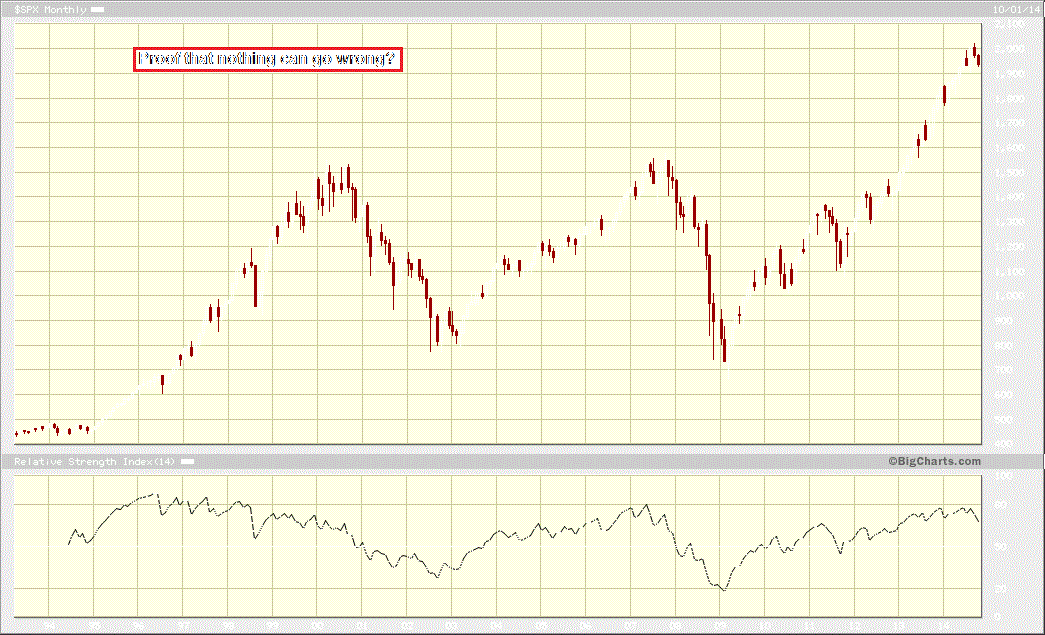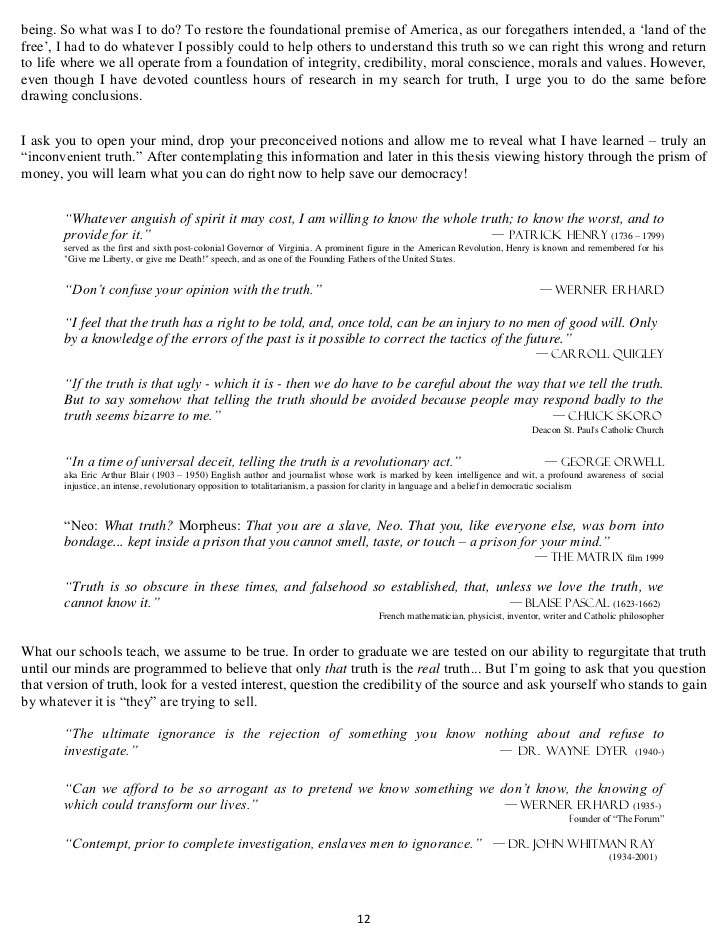Bulls v as stocks rise so does anxiety Alaska Journal of Commerce September Issue 1
Post on: 3 Июль, 2015 No Comment

As the stock market continues to set records, nearly tripling in the last five years, a familiar debate is playing out between bulls and bears over whether the rally will continue or if the market is due for a correction.
Photo/David Karp/AP
NEW YORK (AP) Is it time to cash out of stocks?
The market has nearly tripled in a little over five years, and with each record close, the temptation grows to take your winnings and flee. If only you had done that in the crashes that began in 2000 and 2008, you might be a lot richer.
Plenty of experts think stocks are about to drop. But many others offer compelling arguments for the rally to continue for years.
The bulls point to a strengthening U.S. economy that will help companies generate big profits. They also like that companies have plenty of money to keep buying back their own stock, a big force pushing up prices.
The bears argue that, with the Standard and Poors 500 index closing above 2,000 on Aug. 26, stocks already reflect years of future profit gains. And that forecast is suspect anyway given that so many economies around the world are stumbling. They also worry that U.S. interest rates could rise fast soon, one of the surest ways to kill a rally.
The important thing to remember is that even the best investors, Warren Buffett included, find it nearly impossible to time the market to catch the lows and highs.
The bull and bear cases in detail:
Bull case: A stronger economy
Four of the past five bull markets have ended with investors selling in a recession, or bailing out because they anticipated one. The odds of a downturn anytime soon? Not very high, at least based on the latest economic reports and forecasts.
The U.S. economy is expected to grow 1.5 percent this year, then 3.4 percent in 2015, according to Congressional Budget Office estimates released Aug. 27. One reason is companies are hiring at the fastest pace in eight years.
More people working means more paychecks and money to spend. And the good news can feed on itself. People who never lost jobs but were worried about layoffs might start spending more, too. Consumer confidence has hit its highest point in nearly seven years.
All this makes it more likely that companies will keep posting higher earnings.
This recovery will last several more years. and earnings will grow, says Jim Paulsen, chief investment strategist at Wells Capital Management. There is a lot of room on the upside.
Financial analysts expect earnings from companies in the S&P 500 to rise 8 percent this year, then 12 percent in 2015, according to S&P Capital IQ, a research firm. A double-digit gain would be the biggest in four years.
Low interest rates
Interest rates are low, and thats been great for stocks. They help lower borrowing costs for consumers and businesses, which boosts profits. And they hold down interest payments on bonds, making stocks look more attractive to investors by comparison.
Many investors expect the Federal Reserve to start raising the short-term rates it controls in the middle of next year. If the Fed keeps the hikes small, the stock market might shrug it off.
Thats what happened in the last round of Fed hikes, in 2004. The S&P 500 gained 9 percent that year.
Torsten Slok, chief international economist at Deutsche Bank Securities, isnt worried. He notes that the short-term rates that helped drag stocks down at the end of the last seven bull markets were all higher than 4 percent. With the Fed holding those rates near zero now, a record low, it could take many hikes and a bit of time for borrowing costs to rise enough to damage the economy and markets.
We should expect the expansion to continue for several more years, Slok says.
Buyback boom
One of the biggest forces in the stock rally so far is companies buying back their own shares. Companies in the S&P 500 have spent $1.9 trillion on buybacks since the bull market began in March 2009, according to Howard Silverblatt, a senior index analyst at S&P Dow Jones Indices, a research firm.
By creating more demand for stocks, buybacks have kept prices rising even as others sell. Mutual funds, investment brokers, foreigners and pension funds have all been net sellers of stocks over most of the last five years, according to the Fed.
Companies have pulled back sharply from their near-record buying in the first quarter, but their buybacks are still pushing up prices. And companies have plenty of money to continue buying. Those in the S&P 500 have more than $1.1 trillion in cash, according to S&P Dow Jones Indices.
Says Silverblatt, Companies are buying themselves a tail wind.
Bear case: Stocks not cheap
Its fine to forecast big profit gains well into the future, but what if prices fully reflect expected gains?
Thats what many bears think. They cite a widely used gauge of stock value called the price-earnings ratio, or the price of a stock divided by its earnings per share. If a share costs $100 and financial analysts expect the company to earn $5 per share in the coming year, the P/E ratio is 20.
The key here is that low P/Es are considered a better deal. Each dollar you spend on a stock buys you many dollars of future earnings. High P/Es buy you fewer future earnings.
The S&P 500 now trades at 15 times what companies in the index are expected to earn over the next 12 months, according to FactSet, a data provider. That is slightly above the 10-year average of 14.1 times.

Stocks are not cheap, says Aaron Jett, head of stock research at Bel Air Investment Advisors. But were not in bubble territory.
The problem is, P/Es are often not reliable gauges of stock value. They are based on just one years earnings. Those can surge due to a pickup in the economy or collapse during a slowdown.
Many experts believe a better P/E is a cyclically adjusted one, which is championed by Yale economist Robert Shiller. And that is showing that stocks are overpriced.
The cyclically-adjusted ratio averages annual earnings of companies over 10 years to remove distortions from surges and drops.
It is currently 26. Thats much lower that it was during the late 1990s dot-com bubble when the ratio peaked at 44. But its still very high. Since the end of World War II, and the average is 18.3. Go back a century, and the average is 16.
Make no mistake this is an equity bubble, and a highly advanced one, wrote economist and fund manager John Hussman last month in one of his weekly commentaries to investors.
Those coming rate hikes
The Fed may be able to raise rates slowly without damaging the economy and stock markets. But its record isnt entirely reassuring.
Three of the past five bull markets ended after the Fed increased rates. If the central bank finds itself scrambling to contain inflation and has to raise rates quickly and sharply, stocks could fall 20 percent, the official threshold for the beginning of a bear market.
Inflation doesnt appear to be a problem right now. The consumer price index is up 2 percent in the past 12 months, roughly equivalent to the Feds target. But that could change fast if the economy heats up.
Struggling economies abroad
U.S. companies rely more than ever on foreign economies remaining healthy. Unfortunately, many of those economies are stumbling.
The 18 countries that share the euro, a region that accounts for nearly a fifth of global output, didnt grow at all in the last quarter. China, the worlds second-largest economy, is slowing rapidly. And Japan, the third largest, shrank 7 percent compared with a year earlier.
Most economists expect the U.S. to shrug off the troubles abroad and for growth to pick up. But not everyone.
David Levy, an economist who oversees the newsletter The Levy Forecast, predicted the last U.S. recession with uncanny precision. He says another one is coming next year. The cause: Downturns elsewhere, not domestic trouble.
Even if hes wrong and the U.S. continues to grow, slowing economies overseas will make it harder for companies to post higher profits. Companies in the S&P 500 generate nearly half their sales abroad.
This page requires javascript. It seems that your browser does not have Javascript enabled. Please enable Javascript and press the Reload/Refresh button on your browser.














